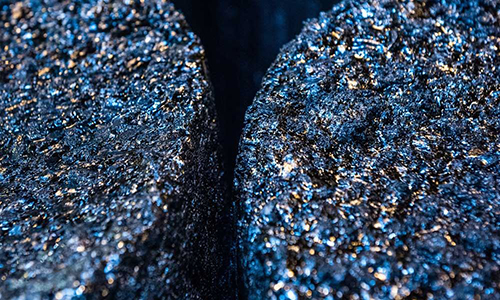Key Properties and Applications of Carbon Electrode Paste
Carbon Electrode Paste is a blend of anthracite coal, graphite, and other carbonaceous materials. This amalgamation results in a substance that boasts high electrical conductivity and thermal resistance qualities indispensable for its applications in metallurgical processes.
Key Properties
Conductivity: The exceptional electrical conductivity of the paste ensures efficient transfer of electric energy during smelting operations.
Thermal Stability: Carbon Electrode Paste can withstand extreme temperatures, making it ideal for high-temperature industrial processes.

Applications in Metallurgy
Ferroalloy Production
Ferroalloys, the backbone of modern metallurgy, owe their existence to Carbon Electrode Paste. In electric arc furnaces, the paste facilitates the smelting of raw materials, giving birth to alloys vital for the steel industry.
Calcium Carbide Synthesis
In the synthesis of calcium carbide, a crucial compound in various chemical processes, Carbon Electrode Paste is indispensable. Its role in the reduction of calcium oxide is a linchpin in the creation of this fundamental industrial material.
The Environmental Edge
While we marvel at its industrial prowess, Carbon Electrode Paste also champions environmental sustainability. In comparison to traditional methods, the use of Carbon Electrode Paste often results in a lower carbon footprint. Its efficiency in smelting processes contributes to energy savings, aligning with global efforts toward sustainable industrial practices.
As we delve into the intricate world of metallurgy, Carbon Electrode Paste emerges as a cornerstone—a catalyst for progress in industrial alchemy. Its role in ferroalloy production, calcium carbide synthesis, and its environmental advantages position it as a linchpin for sustainable metallurgical practices. With ongoing innovations, Carbon Electrode Paste stands as a beacon, guiding the industry towards a future where efficiency and environmental consciousness coalesce seamlessly.





